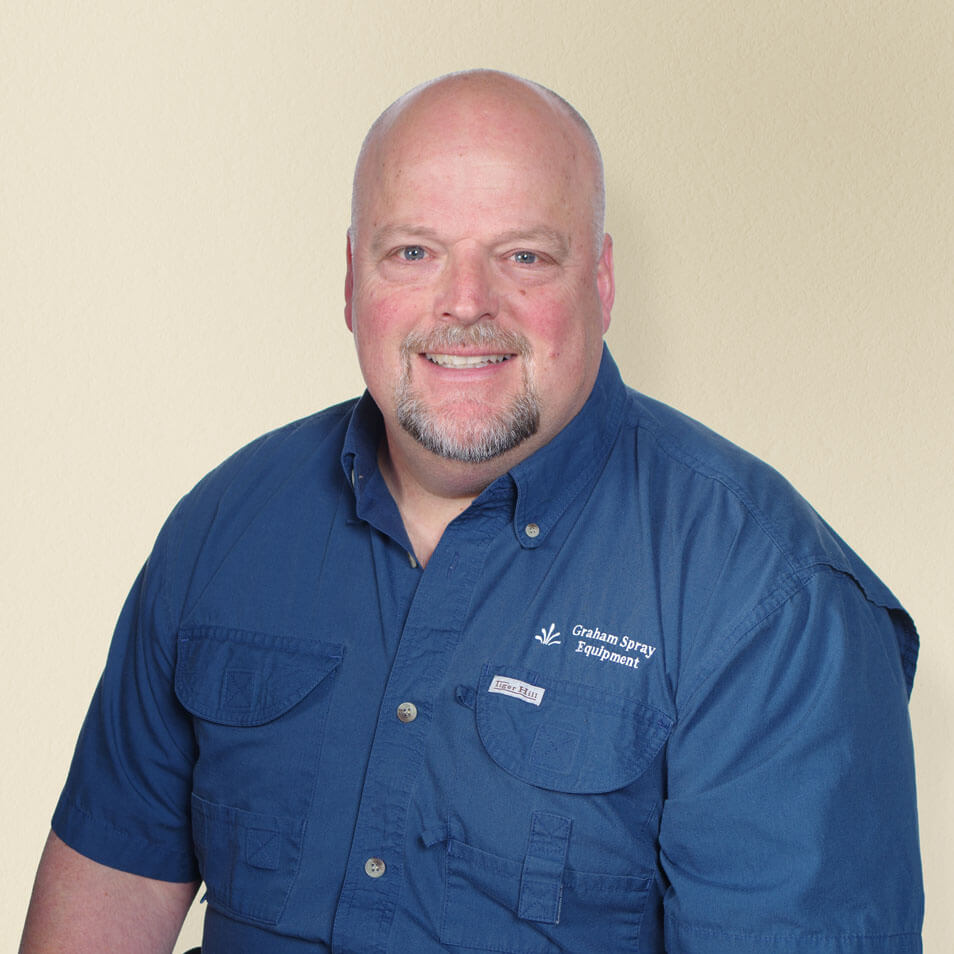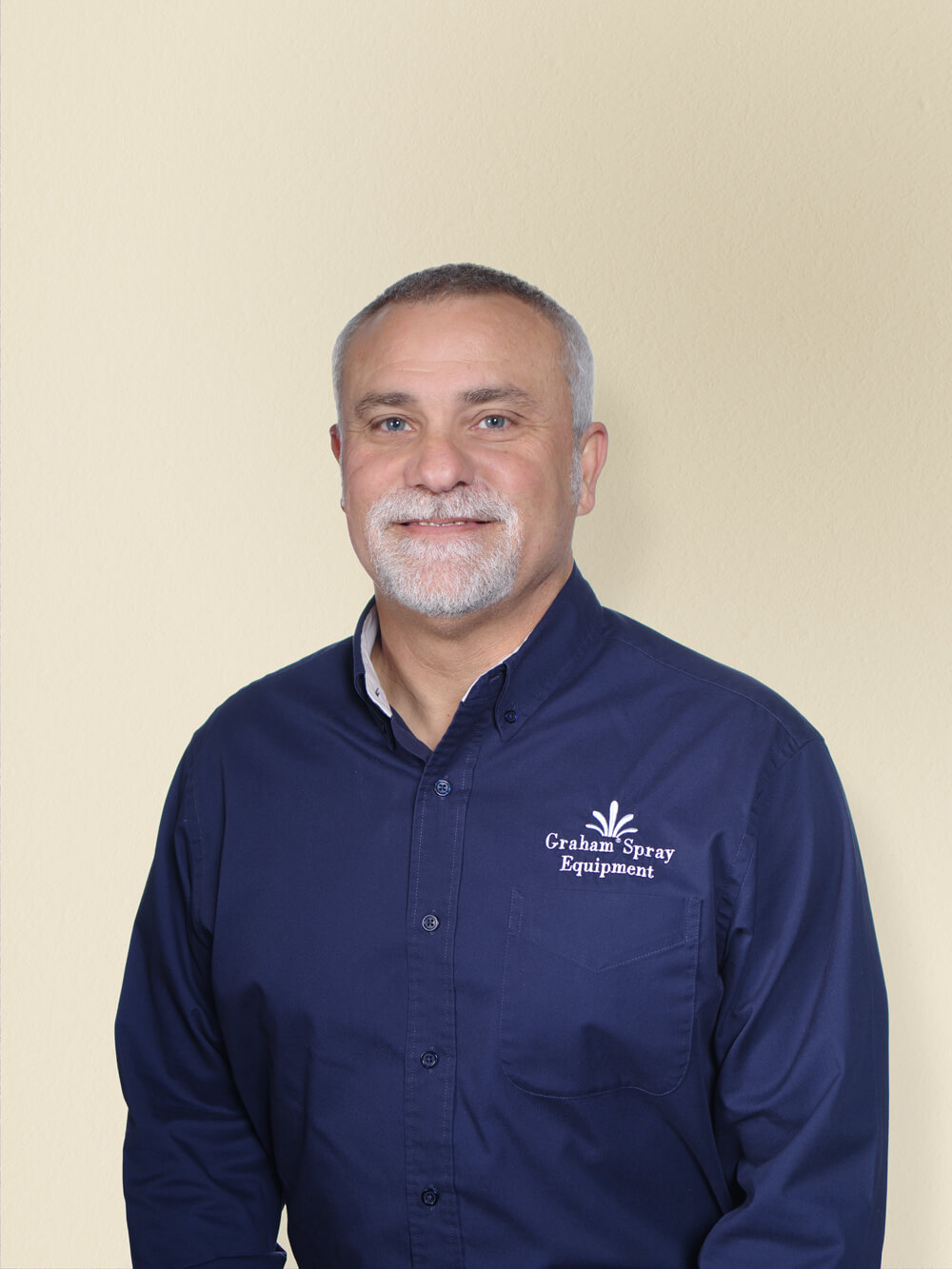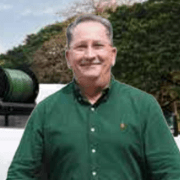Dave Arnett knows that when lawn care operators (LCOs) purchase a spray rig, they have their eyes set on growth and efficiency.
“The reason you buy a spray rig is because of the revenue you can produce in a day or in a year. You buy a spray rig when you have more accounts than you can handle with your current equipment.”
– Dave Arnett, Sales Manager, Graham Spray Equipment
A spray rig is a significant investment—an average pickup rig costs between $8,000 and $10,000, and bigger truck rigs can cost upwards of $30,000—so there are several factors LCOs should consider before making such a purchase.
1. Size.
LCOs should first determine how many gallons of product they need to carry each day based on the number and sizes of properties they serve. This also will help determine the type of vehicle they will need to transport the rig. Arnett suggests LCOs think about how many clients they have now and what their growth expectations are for the next two to five years, so the unit can support the growth of the business.
“For example, if lawn care is an add-on service to a landscape contractor, it might want to get a pickup unit,” he says. “If the business is strictly lawn care, it will want a bigger unit.”
LCOs also need to consider how many compartments, or tanks, they require based on how many different types of products they need to carry at one time. The average number of tanks for larger units is at least two, which allows LCOs to treat both warm- and cool-season grasses. Arnett adds that an average spray rig has two tanks that hold 400 to 600 gallons.
For LCOs that also treat trees and shrubs, a separate pumping system, which can be configured to fit onto the same truck, is necessary. A drop tank is another consideration for firms that want to incorporate special mixes, such as fungicides and other pesticides.
“The setup is important because every client has certain needs and different grasses,” says Arnett. “LCOs need to have all of their materials available to them when they leave the shop so they can have the best opportunity to maximize revenue each day.”
2. Rate of spray.
Rate of spray is important to ensure the right pumping system is included. Donny Pitts, general manager of Graham Spray Equipment, says most LCOs spray 2 to 3 gallons per 1,000 square feet. The rate of spray also will determine the correct size of the hose. LCOs can get this information from pesticide manufacturers.
“LCOs need to get with their chemical suppliers who can tell them the best rate of spray for a certain product. Then we will know how many gallons they need to carry, which will help us set up the rig.”
– Donny Pitts, General Manager, Graham Spray Equipment
3. Type of pump.
The two main types of pumps are Bean and Hypro. The Bean is a piston pump and the Hypro is a diaphragm pump. The Bean piston pump can go longer between maintenance and is known to last longer, Pitts says. For LCOs located on the coasts who spray powder blue and iron, Pitts says a Hypro pump is preferable as it works better with abrasive chemicals.
4. Agitation.
There are also two main types of agitation—mechanical and jet. Mechanical is a stainless steel shaft running through the center of the tank, which has paddles that turn. The motor and pump turn the shaft and churn the liquid. Overall, mechanical agitation is better for LCOs who use powdered material, and jet is preferred for LCOs who use liquid products.
“Mechanical is more expensive and requires more maintenance, but it offers more severe agitation, so you have more options of products you can put in the tank; jet requires less maintenance,” says Arnett. “There are different reasons for using each one, but if a customer prefers one or the other, we can talk about it with them.”
5. Other custom options.
A good spray rig supplier should have the ability to customize spray rigs to meet the needs of any LCO. For example, do they want any accessories, such as spreader brackets, backpack brackets or water jugs? How many reels do they want and where do they want them? Do they need storage? If so, how much and where?
“The more you want to customize the rig, the more expensive it will be,” says Pitts. “But each individual who runs a lawn care company has different priorities and different needs, so most are willing to customize.”
Spray rigs in the field
Andy Kadrich, president and CEO of Turf Masters in Roswell, Ga., purchased his first spray rig in fall 2002 with the goal of providing his customers the best possible results. The company has separate spray rigs for lawn and tree/shrub care, which Kadrich says minimizes the risk of spraying the wrong type of product in the wrong place. His technicians still use backpack sprayers to spray specialty products on weeds that are more difficult to control. Turf Masters is a $12-million company that provides 88 percent lawn care and 12 percent tree/shrub care to a 97-percent residential, 3-percent commercial clientele.
Kadrich’s main configuration is a rig with one 600-gallon tank and one 200-gallon tank that allows product to be pumped from one tank to the other and also sprayed separately. The rig sprays at a rate of 3 gallons per minute. This setup is based on the company’s need to spray three different types of turf—Bermudagrass, zoysiagrass and fescue—independently with different programs. Turf Masters has spray rigs with both jet and mechanical agitation. Kadrich says the mechanical agitation is used for melting the large amounts of urea the company uses.
For LCOs looking to purchase a spray rig, Kadrich says to focus on functional, dependable units that will meet the needs of their customers.
“The main thing is to put together the best program to treat your customers lawns. Then consider what is going to provide the lowest maintenance and the most durability.”
– Andy Kadrich, President and CEO, Turf Masters
Sam Lang, president of Fairway Green in Raleigh, N.C., purchased his first spray rig in 1977 and currently has 31 rigs in operation. Lang has rigs in a variety of sizes based on the properties to be serviced. For most residential properties, Lang’s crews use a rig with one 300-gallon tank and one 100-gallon tank. For larger rural properties, Fairway Green uses a rig with one 600-gallon tank and one 100-gallon tank. A rig with two 500-gallon tanks is used for commercial properties. Fairway Green provides lawn care services to a 75-percent residential, 25-percent commercial clientele.
All of Lang’s rigs spray at 2 gallons per minute, or 2 gallons per 1,000 square feet, and most have a combination of mechanical and jet agitation.
“On a 300-100 split, the 300 is mechanical and the 100 is jet because you have a smaller tank and you can keep things mixed up pretty well with jet,” Lang explains. “Mechanical agitation is better to keep products mixed in larger tanks.”
Lang stresses the fact that LCOs will get what they pay for when purchasing a spray rig. Paying more for a high-quality unit may cost more up front but will save time, money and frustration in the long run. Lang speaks from experience—he’s still running a spray rig he purchased in 1989.
“LCOs have to look at downtime, not price. If the rig breaks down, what is it costing you per day in revenue? Get as good a piece of equipment as you can afford the first time around.”
– Sam Lang, President, Fairway Green





